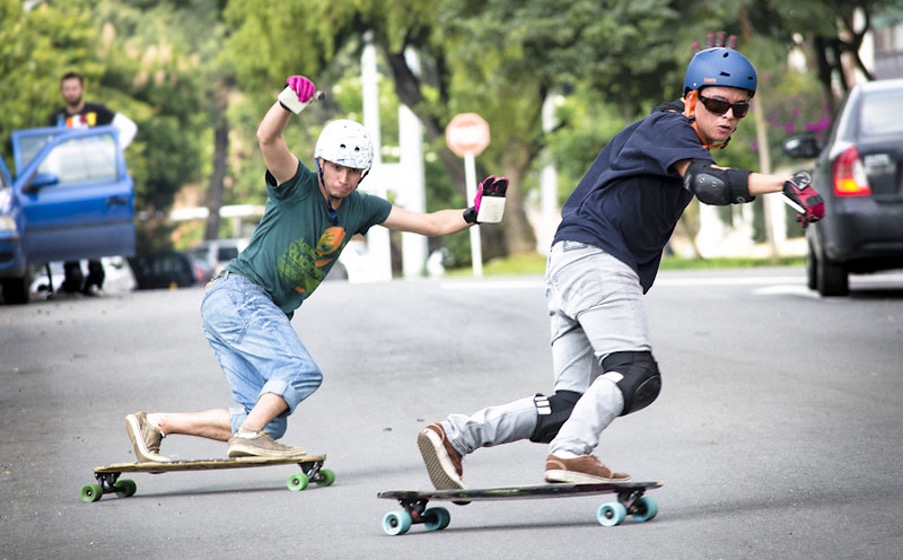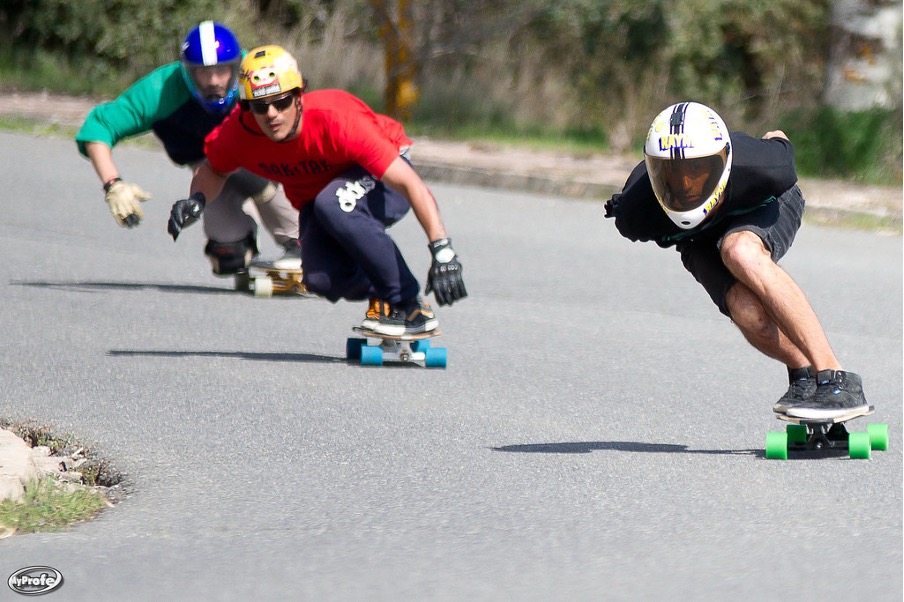Commuting on a longboard will not only get you to your destination faster, but it will also provide you with terrific exercise.
For you, this might be a combination of strength training and cardio. But, long-distance longboarding is more complicated than it seems.
Also, you need to be technically adept and physically fit to ride greater distances.
We’ve included all of the essential tips and strategies to help you get started on your long-distance longboarding adventure. Let’s get going!
What Is Long Distance Longboarding?
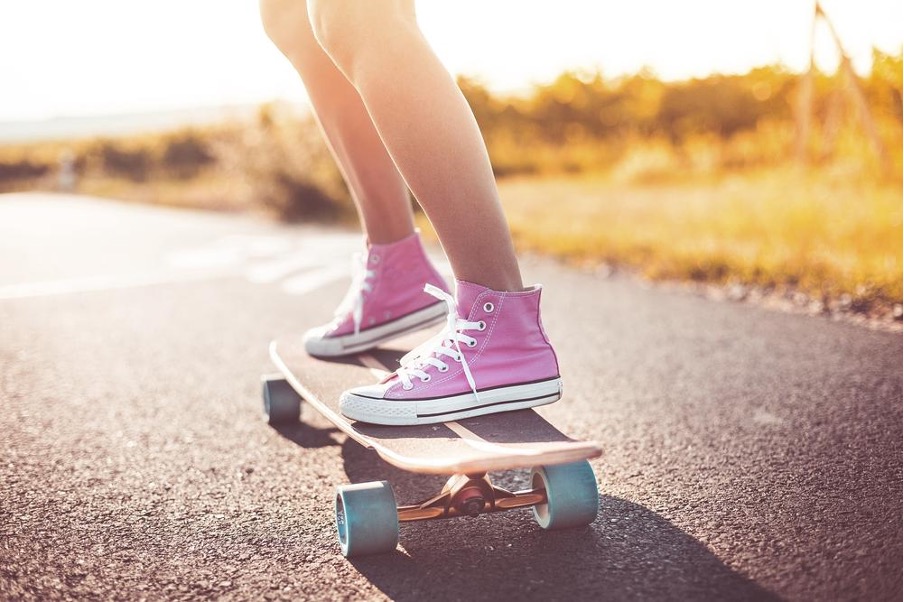
Long-distance longboarding refers to riding for commuting or travel over a long distance. It requires self-discipline, competence, and intense physical fitness.
Long-distance longboarders push the limits of the discipline by traveling hundreds or sometimes thousands of miles on their longboards to visit new towns, states, and countries. It also requires physical solid abilities and balance.
What Makes A Good Long Distance Longboarding?
How do you know whether your longboard is suitable for long-distance riding?
Long cycling distances necessitate both pumping and pushing strategies. As a result, you should look for a board that can handle both approaches.
There are a few characteristics to consider when selecting a board for long-distance travel. You will want a board that is:
- Big wheels
- Water-resistant and durable deck
- Some flex for comfort, but not too much.
- As low as possible to the ground, a little concave.
Deck
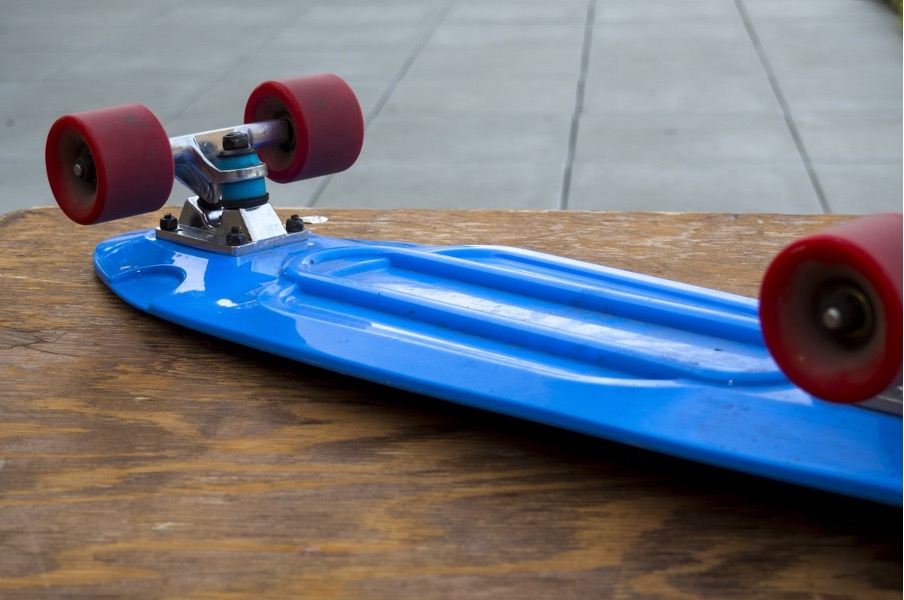
A long-distance board should have a low center of gravity to reduce the effort necessary for pushing. With a lower deck, you won’t have to bend your front knee as much to get your pushing foot to the ground.
Low riding boards also give better smoothness and stability, vital while riding for lengthy periods. It also will help if you choose a deck that isn’t too stiff since this will make long-distance cycling more unpleasant.
When it comes to the curvature of your deck, go for a little concave or none at all if possible. A steep concave will be too painful for your feet during long-distance rides.
Because you’ll be riding for hours and in various terrains and conditions, you never know if it’ll rain or whether the road will be dry or wet. As a result, use a water-resistant deck.
Trucks
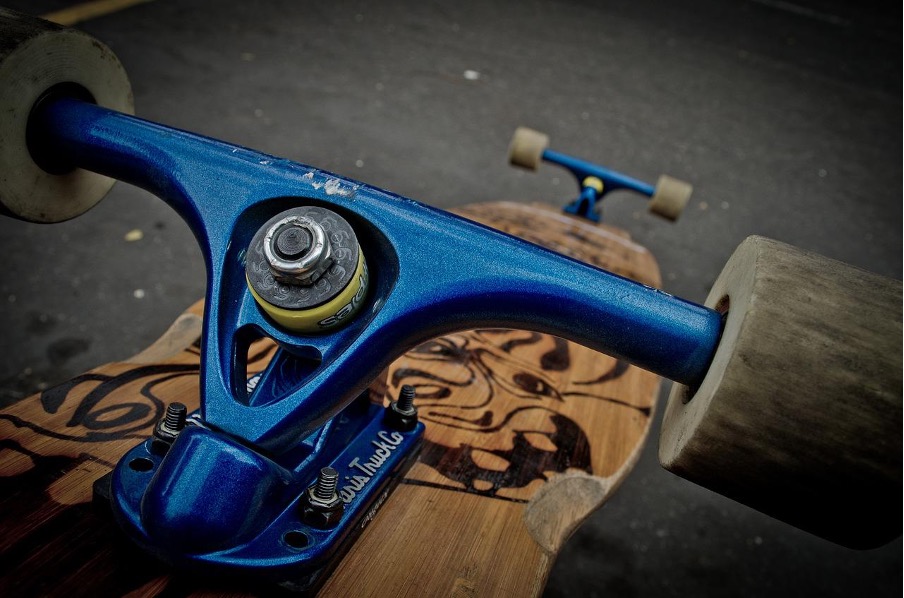
Most long-distance longboarders prefer Randal trucks. Many riders prefer narrower trucks since the wheels stick out less.
Specific riders prefer regular 180 mm trucks. The front combined with the rip will operate better for better-pushing 50o trucks.
Your trucks should be tight for improved control and stability while pushing and riding downhill.
Instead of overtightening the kingpin screw, use oversized barrel bushings to tighten your trucks.
For long-distance riding, tight trucks and standard to narrower trucks are preferable. It will provide you with better control and stability, particularly useful on downhill rides.
Wheels
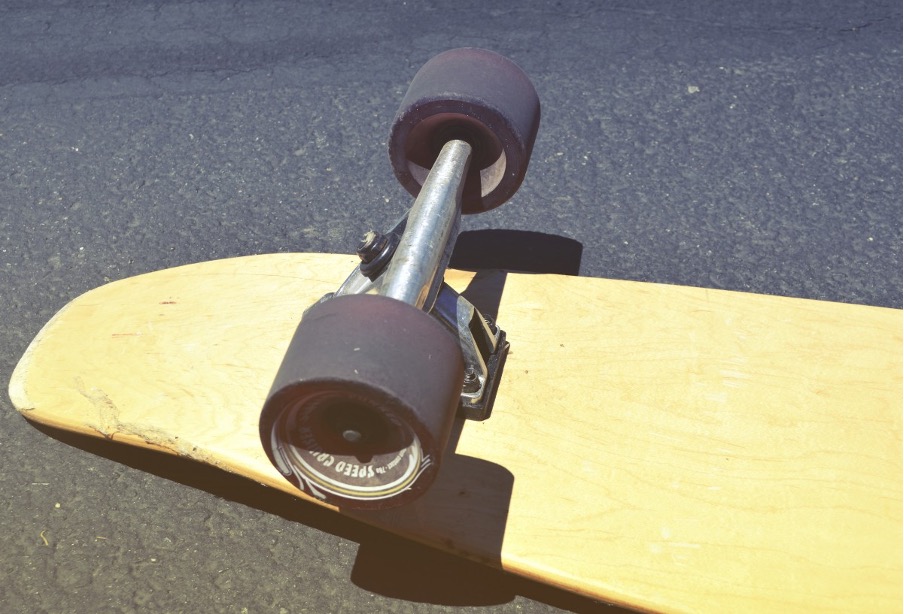
I recommend longboard wheels with larger diameters for long-distance commuting. The optimal wheel size is from 75 to 85 mm; however, larger wheels provide higher roll speed and momentum.
It is not necessary to use expensive ceramic bearings. Any suitable bearings would suffice.
There’s no need to spend a lot of money on them. However, you must keep your bearings in good working order by cleaning and lubricating them regularly.
Long-Distance Setups For Longboard
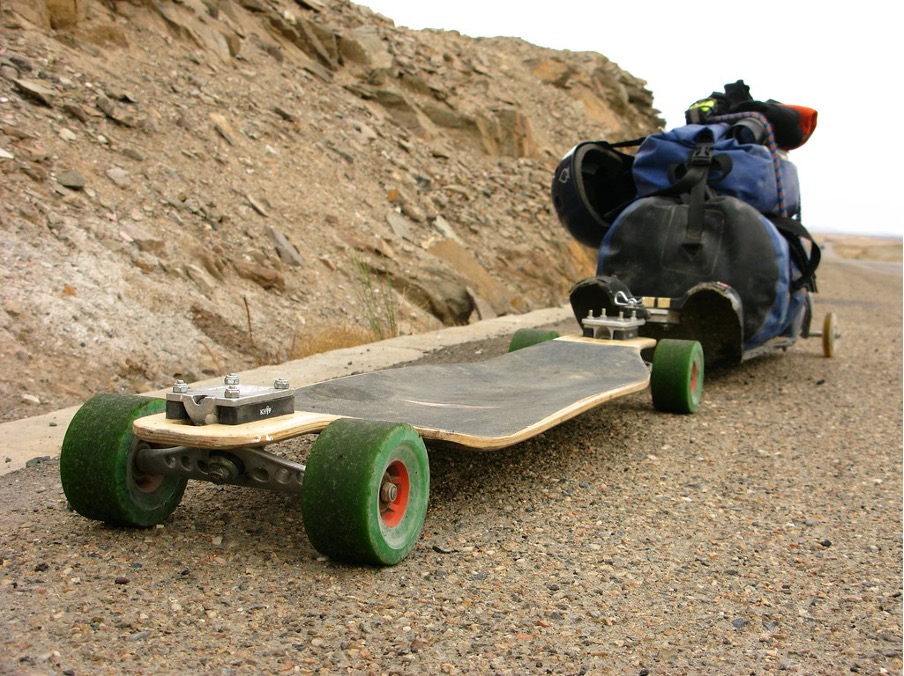
Even though you can LDP on almost any longboard, the finest longboards for LDP have a few features.
The 33-inch Pantheon Trip is one of my favorites since it’s compact and low-riding. You may pair it with the wheels from Orangatang Caguama, massive Yellow Jacket Premium bearings, and Yocaher trucks 180mm.
Some skaters choose to ride the more expensive low-angle 20o tires. When pulling the switch at fast speeds, avoid tripping Poppies in the back for improved stability.
Double-drop push configurations like the Pranayama and Pantheon, Ember are also excellent. The Ember comes with large wheels and light trucks.
What Do You Need To Know Before Beginning Long Distance Longboarding?
Before you start looking for a new longboard, here are a few things to consider to determine whether this is something you want to attempt.
Challenges
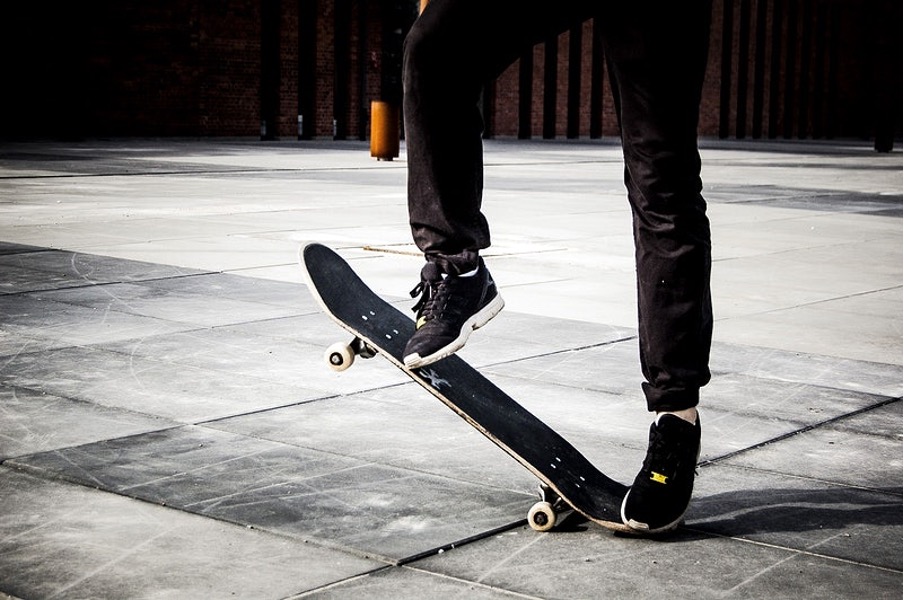
Long-distance longboarding may be tiring, either because of the skating or bumpy path.
If you don’t believe you have the stamina to accomplish this physically demanding sport, think carefully before getting started.
However, you can always enhance your physical stamina and prepare your body for this longboard discipline by doing some training or exercises. You’ll need to train regularly to get to this level.
It will help if you begin with many short rides pushing on flat territory, then longer commutes, day excursions, etc. It will take time to develop the correct muscles for long-term pushing.
As mentioned in the last section, you should acquire the habit of pressing with both feet to grow muscle uniformly and symmetrically throughout your body.
Blisters will almost certainly occur, regardless of how fantastic your shoes and insoles are. When a blister appears, attempt to cover it as soon as possible using tape, compete for plasters, or a specific foam bandage.
Lastly, you might also begin taking vitamins and other dietary supplements.
However, if you have a significant health issue, you should see your doctor first.
Skills And Techniques
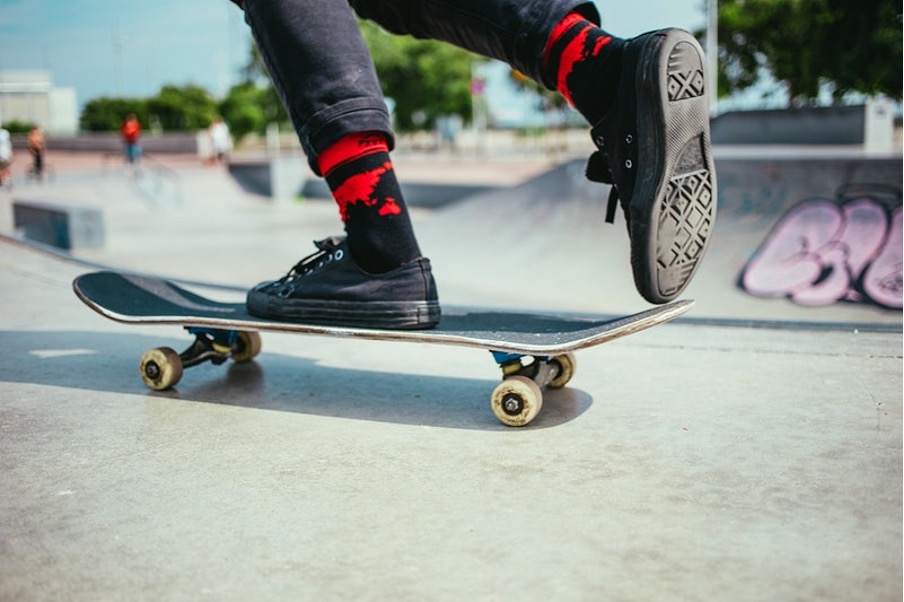
Here are some methods to attempt during long-distance longboarding that we’ve put together.
- Pushing
In this longboarding method, you kick and push your skate over kilometers of streets. The most challenging aspect of this discipline is maintaining consistency in your pushing and achieving a constant and consistent pushing rate.
You aim to discover the most effective pressing frequency and power level for you. That means the one that gives you the most impulse with the least effort so you can keep going for hours without becoming tired.
Pushing becomes a science and a personal performance over long distances, requiring regular fine-tuning of the many components of your technique. Finding the right momentum is also influenced by your breathing and muscular tension.
What makes this even more difficult is that you must keep a steady and consistent speed while exerting the least effort possible. You may reduce your exhaustion by finding the proper frequency and strength for your pushing.
- Snogging
Long-distance pushers, unlike typical longboarders, practice pushing with each foot alternately. It is known as “skogging,” a mix of “skating” and “running,” since skating with alternating feet over long distances feels similar to jogging.
- Pumping
Pumping moves your body on your longboard by shifting your weight to your front and rear as you turn without hitting the ground. While carving, it’s as though you’re constructing an S-shape.
Many longboarders use this strategy to achieve and sustain speed over long distances. Pumping is a long-standing tradition in longboarding and surfing, and snowboarding.
Pumping across longer distances, on the other hand, is something new in the skating industry. It will help perfect your posture and body action to pump effectively.
It begins with an S motion from your chest down your core and lower body to the board, trucks, and wheels. It’s as though your bottom body is always racing after your upper body.
Your weight will change from one side to the other due to your bodily movement. It will cause your board to move slightly to the right and left, allowing you to gain speed and energy simultaneously.
The community of long-distance pumpers is a vibrant and active one with a sizable following. This unusual riding technique draws riders of all ages, including many seniors.
This video shows you how to pump your carves and gets more speed out of them!
- Stopping
The final aspect of riding a longboard is knowing the way to stop it. To lose speed, you must know how to break your foot by pulling it to the floor.
Sliding and speed checks are important ways to keep your speed under control.
FAQs
How far can you go with a longboard?
Long-distance longboarders with experience may travel up to 50 miles in a day. Pushing may quickly tire you, so that’s a significant accomplishment.
Are longboards suitable for Traveling?
A longboard is a quick mode of transportation! It’s a lot faster than walking and certainly faster than running.
What is LDP in longboarding?
Long-distance longboarding, also known as longboard LDP or long-distance pumping, is a distinct sport.
It’s all about covering the most distance in the quickest amount of time, primarily by kick pushing and through a combination of pushing and pumping.
How long does it take to longboard 1 mile?
A skater who follows traffic rules can typically complete one mile in approximately 8 minutes, averaging 7.5 mph.
Your skateboard’s average speed is also affected by the number of uphill and downhill sectors on your journey.
Conclusion
Long-distance longboarding is a sport that anybody may participate in.
You’ll learn a lot about physical and mental endurance training, long-distance skating skills, and sophisticated equipment for riding across the world.
Anyone with the necessary discipline and determination may achieve in this sport. As long as you follow the tips and tricks mentioned above, you may enjoy a safe and exciting ride.
If you have any problems, please let us know in the comment box.




